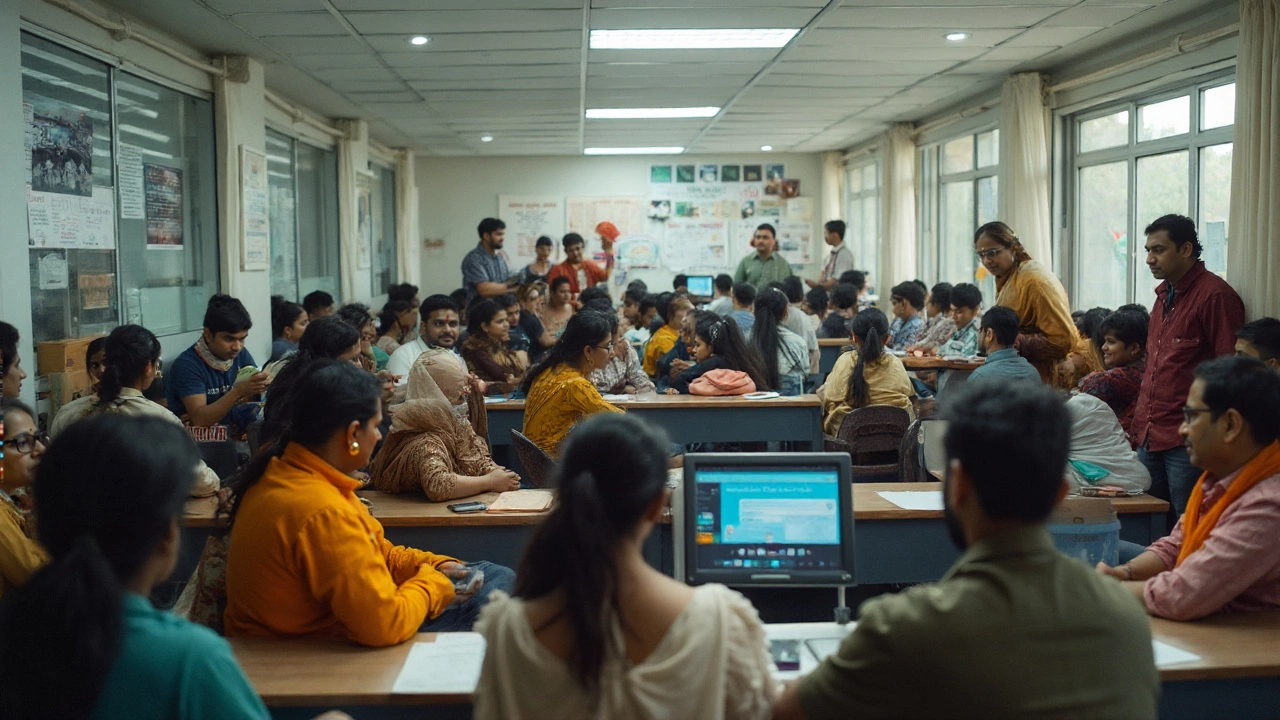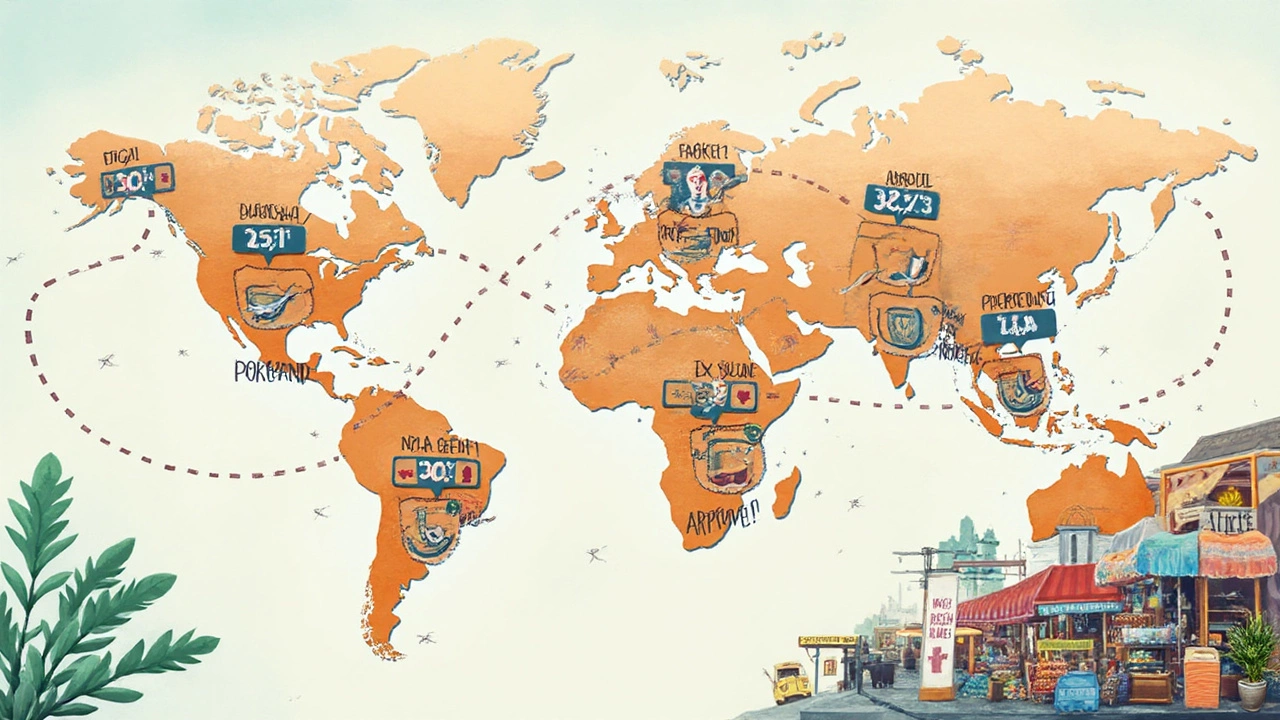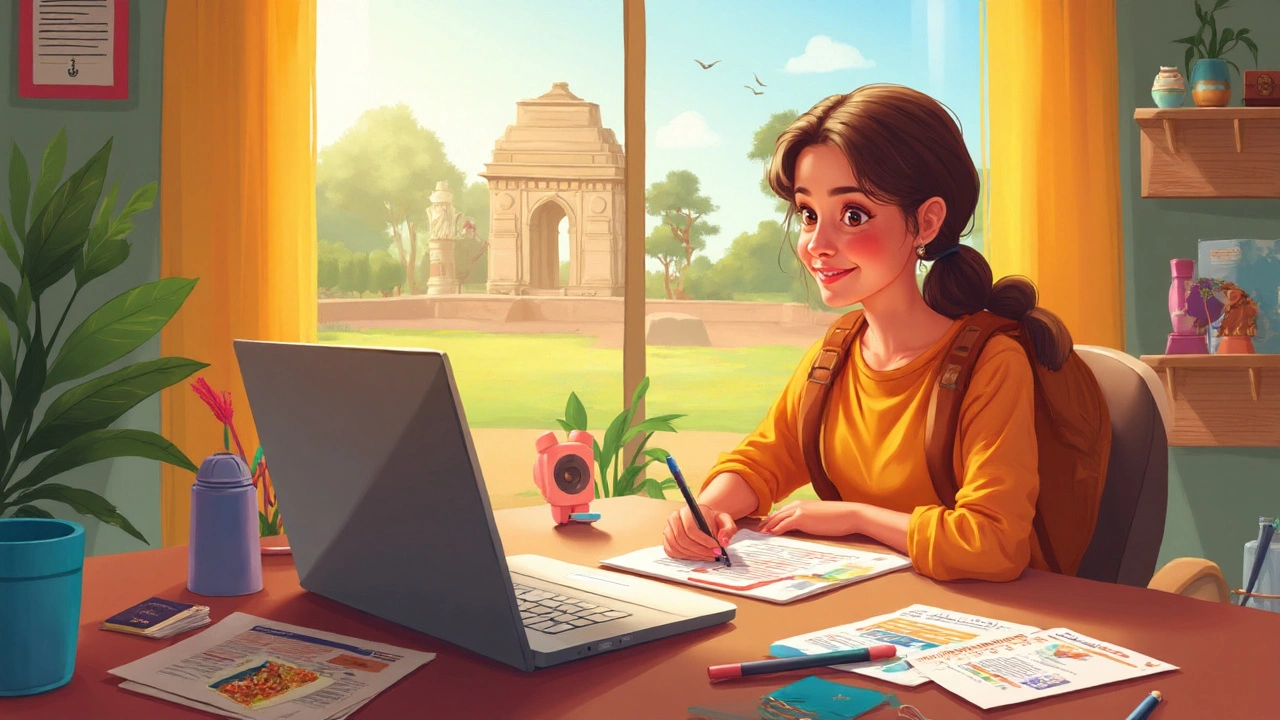So you’ve finally caved and decided it’s time to visit India—maybe it’s the pull of spicy street eats, getting lost in Jaipur’s pink-hued maze, or catching that iconic sunrise over the Taj Mahal. But right before the daydream hits full throttle, reality stops you cold: Wait, how long does it actually take to get an Indian visa as a U.S. citizen? If you’re googling this at 2 AM before a flight search binge, you’re not alone. Turns out, there’s more than one way to snag that golden entry stamp, and depending on your choices, your travel timeline can either roll out smooth or get stuck in government slow-mo. Let’s break down everything you need to know, minus the headache.
Types of Indian Visas for US Citizens
If you think getting into India is a one-size-fits-all deal, think again. Different visas have different rules, fees, and (here’s the kicker) processing times. For most American travelers, the main options boil down to:
- e-Visa (Electronic Visa) – Available for tourism, business, conferences, and medical travel. The most popular pick since it’s all online.
- Regular/Paper Visa – For longer trips, work, study, journalism, or other specialized reasons. This requires an appointment at an Indian Visa Application Center (IVAC) or outsourcing agencies like VFS Global.
Fun fact: In recent years, over 80% of U.S. travelers have chosen the e-Visa for its speed and simplicity. Want a snapshot of what’s available? Check this quick table for the different types and who they’re for:
| Visa Type | Purpose | Usual Processing Time | Max Stay (days) |
|---|---|---|---|
| e-Tourist Visa | Tourism, casual family visits | 3-5 business days | Up to 180 |
| e-Business Visa | Business trips, meetings | 3-5 business days | Up to 180 |
| e-Conference Visa | Attend conferences/seminars | 3-5 business days | 30 |
| e-Medical Visa | Medical treatment | 3-5 business days | 60 |
| Regular Visa | Work, study, long stays | 5-15 business days | Up to 10 years (with renewals) |
Bonus tip: The e-Visa option works for entry through 29 airports and 5 major seaports. If your trip’s more niche, like volunteer work or yoga retreats, double-check if you need the regular route. Nothing ruins trip planning faster than applying for the wrong visa and getting rejected.
How Long Does It Really Take? Breaking Down Processing Times
If there’s one thing travelers love, it’s certainty. Spoiler: Government timelines are rarely set in stone, but you can absolutely avoid nasty surprises. For Indian visa processing time as a U.S. citizen, here’s how things usually shake out:
- e-Visa: Most U.S. applicants get a decision within 3 to 5 business days. In rare cases—festivals, political events, or tech hiccups—it can stretch up to 7 days. Apply at least two weeks out from your flight if you’re the anxious type.
- Regular Paper Visa: Processing can swing between 5 and 15 business days. Embassies in big cities move faster, but holidays or special events might slow things down. Don’t forget to factor in shipping time for your passport if mailing.
Quick story: In July 2023, a wave of applications before the monsoon festival saw regular visas in New York take nearly 20 days. Folks who waited until last minute had to rebook pricey plane tickets. Moral? Padding your timeline is not optional.
Now, while the Indian government often boasts about speedy e-Visas, it’s smart to expect the unexpected—typos in your application, mismatched document uploads, or blurry passport photos will 100% cause delays. In fact, about 1 in 12 e-visa rejections for U.S. citizens result from photo or document errors. Don't let that be you!
On the off-chance you need an urgent visa (life happens), you can apply for expedited processing for the regular visa, sometimes for an additional fee. However, there’s no official e-Visa “rush” service, so good planning pays off. And always remember, ‘business days’ don’t count weekends or Indian and U.S. public holidays, which don’t always line up.

Step-by-Step Guide: Applying for an Indian Visa from the US
The process itself isn’t rocket science, but missing a simple step could send you tumbling down the bureaucratic rabbit hole. Here’s exactly what you’ll need to do, depending on your visa type:
- Applying for e-Visa:
- Go to the official government e-Visa portal (indianvisaonline.gov.in).
- Pick your e-visa category (tourist, business, etc.) and fill in your details—name, passport info, travel dates.
- Upload a clear, color photo (JPEG, 350x350 pixels) and a scan of your passport’s info page (PDF under 300 KB).
- Double-check everything. Typos can get you denied.
- Pay the fee online (usually $25–$100, varying by type and season). You’ll get an email acknowledgment instantly.
- After 3–5 days, look for another email with your e-visa approval or, occasionally, a request for clarifications.
- Download and print your e-visa. You’ll need to show this and your passport when boarding and on arrival.
- Applying for Regular/Paper Visa:
- Visit the Indian embassy or consulate’s official partner website for your region (like VFS Global).
- Complete the application form online. Make sure your answers match your passport exactly.
- Collect required documents: passport, photo, proof of US residency, itinerary, and sometimes extra letters (for work/study).
- Book an appointment at your nearest Application Center or mail your application as directed.
- Pay the visa fee, which is higher than e-Visa (usually $150–$200+ depending on visa length and type).
- Submit your documents and, if in person, hand over your passport for processing.
- Wait for notification to pick up your passport or for it to arrive by mail with the visa stamped inside.
Common mistakes? Not knowing your India entry point (it matters for some visas), uploading a passport selfie instead of a proper photo, or planning to arrive before your visa’s validity date. Yes, it’s a thing—your e-visa is valid for entry only from its start date, not before.
What Slows Down (or Speeds Up) the Indian Visa Process?
Ever wondered why your buddy breezed through in four days, but your cousin waited two weeks? Here’s where things get interesting. Timelines are rarely just about how efficient the embassy is; pressure on the system comes and goes throughout the year. For example, big travel seasons (October-March for tourism, spring for yoga retreats) see a huge spike, especially for tourist e-Visas. Around the Diwali (usually October-November) and Holi festivals (February-March), there’s often an avalanche of applications, so it’s smart to beat the wave by applying early.
Sometimes, visas get held up for background or security checks. If your name matches someone else on a watchlist (even if it’s a super common one), you might get flagged. There’s no way to predict this, but using your passport's middle name and avoiding abbreviations on your form can help. Embassy staff have said that full-document scans, especially for business or conference visitors, can add an extra 2–3 days if anything looks off.
On the flip side, you can crank up your odds of a quick approval with these tips:
- Scan all docs clearly (no fingers, shadows, or cropped photos).
- Use a white background for your passport photo (not your closet door or car headrest—yes, people really try this).
- Apply from a stable home IP address. Applying from public Wi-Fi or overseas sometimes gets your application marked as suspicious.
- Don’t wait till the “last possible day.” Give yourself at least 3 weeks’ buffer before travel to make room for life’s curveballs.
One overlooked snag: Credit cards. If your payment doesn’t go through on the e-visa portal, you’ll need to start over. Double-check your billing info, have your bank send SMS alerts, and never use cards with weird restrictions—all stuff that can save you from re-submitting your whole application.

Handy Tips and Facts for a Smooth Application
If you’re looking for hacks to make the process less painful, here’s what seasoned travelers wish they’d known upfront:
- The e-Visa doesn’t allow you to convert to another visa type once you’re inside India. So if you think you might want to study, volunteer, or work, go through the regular channel upfront.
- Multiple entries are possible with most tourist and business e-Visas, but pay attention to entry/exit rules—don’t mistake “maximum stay” for “continuous stay” if you exit and re-enter.
- Visas are sometimes approved in less than 24 hours! But don’t expect it—always build a cushion, especially if travel is mission-critical (destination wedding, job start, etc.).
- Got a passport that’s about to expire? India requires at least six months’ validity from date of entry and two blank pages. If you’re close to the edge, renew first or risk an expensive re-do.
- Printed e-Visa is mandatory: You must have a hard copy, not just a screenshot on your phone, when you land in India.
- If your name recently changed (marriage, divorce), bring supporting legal documents—sometimes they ask for backup at Indian immigration.
- Weather can affect processing! During monsoons, New York’s Indian Consulate has reported scan/data delays from network outages in India.
- Careful with “transit” plans. Indian e-Visas don’t cover airport layovers if you plan to exit the international terminal. For that, you need a transit visa—even for a short layover outside customs.
The bottom line: Most U.S. citizens get their Indian visa sorted easily—within a week for an e-visa, or up to two weeks if going the traditional route. The trick is reading the fine print, submitting documents that look like a passport control dream (clear, recent, matching your details), and not playing deadline roulette. Tackle it early, and enjoy the anticipation of your India adventure without any last-minute panic. You’ll thank yourself when you’re sipping masala chai in Delhi and your passport is already stamped for action.
